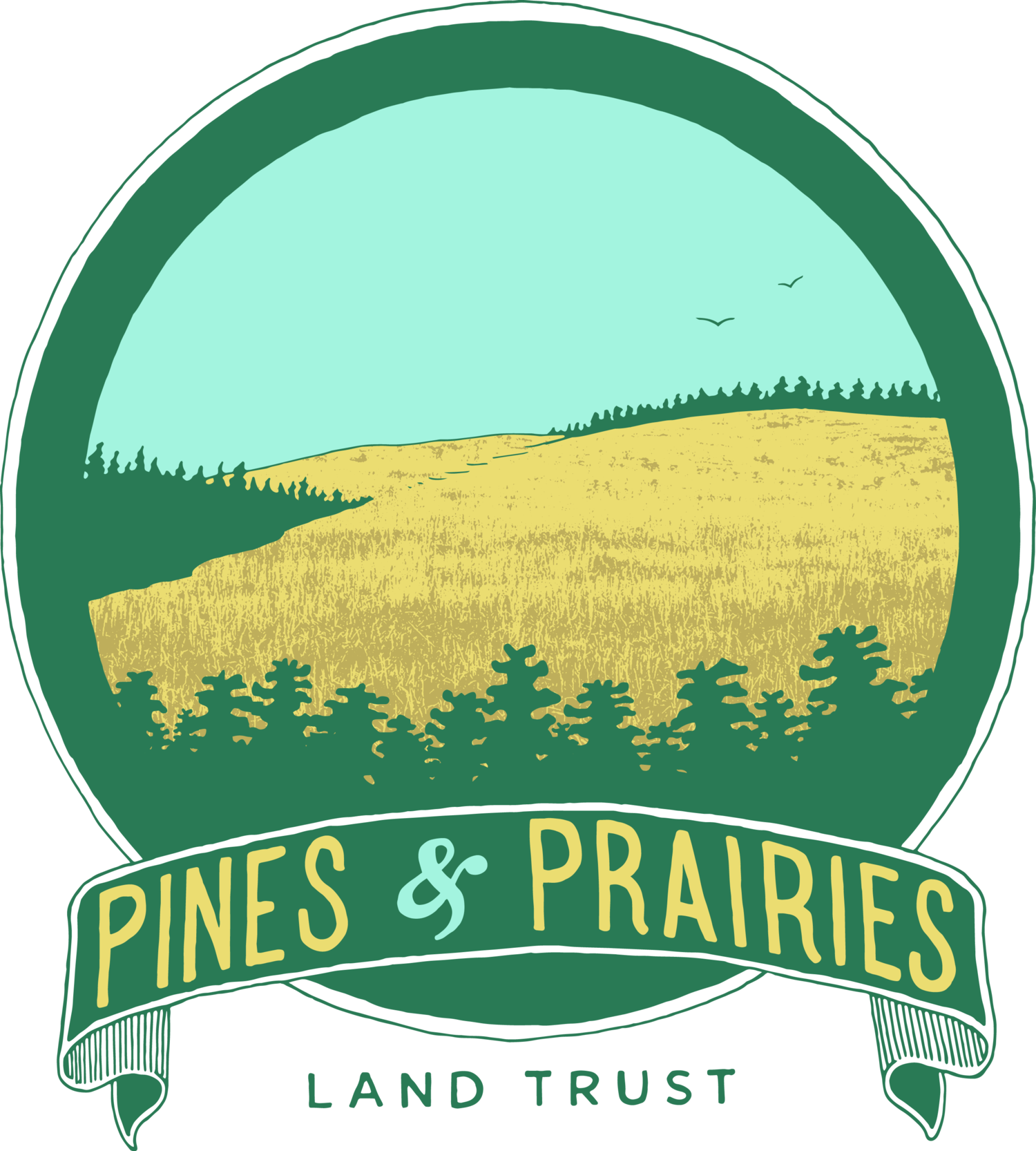By Larry Gefeller,
for Landowner incentive Program newsletter
With only the smallest fraction of the native tallgrass prairie remaining in Texas, why go to all the trouble of trying to bring back the past? Much of Texas’ pastureland has been “improved” by planting imported, invasive grasses. While there may be benefits for domestic livestock, grasses such as Bermudagrass (and other imported exotics) work against our native wildlife and birds. They produce a low mat of dense, tangled grass structure. Most native grasses, by contrast, are bunch grasses. These clumps allow wildlife to develop intricate trails, critical to reproduction and foraging mobility. The taller overhead cover of native bunch grasses act as concealment from hawks and other predators while the tightly packed clumps of grass afford excellent nesting habitat. Lastly, many native grasses provide food, either directly in the form of seeds or indirectly as hosts for insects. Some of those insects are pollinators. The enormity of difficulties facing prairie conservationists can be overwhelming. Everyone knows converting to native grasses is not easy ... but where do you start?
With 677 acres of overgrazed pastures filled with imported agricultural forage grasses, Billig Ranch is the perfect site for an aggressive prairie restoration project. Pines and Prairies Land Trust (PPLT), headquartered in Bastrop, Texas, reached out to the Wildlife Habitat Federation (WHF) who are committed to helping landowners restore and manage upland game habitat. Armed with funding in 2014 from both the Natural Resources Conservation Service (NRCS) and the Texas Parks and Wildlife Landowner Incentive Program for two separate restoration projects, PPLT understood up front this would be a long-term exercise in patience and persistence.
Step one was to knock back the exotic grasses. We had to do this several times in some areas, using a combination of shredding and herbicide. Areas where native forbs were prevalent were avoided. Next came the planting of native grass seed. We used a mix of big bluestem, two varieties of little bluestem, side oats gramma, green sprangletop, Indiangrass and two varieties of switchgrass. Given the light and fluffy consistency of native grass seed and the hard packed earth at the ranch, our planting crew used a 12½ foot Truax “no-till” seed drill. This implement has coulters in front to cut through stubble and litter, double disk openers to open a trench in the soil for the seed to drop into, depth bands and hydraulic controls to regulate the planting depth, and press wheels to insure good seed-to-soil contact. In short, a near-perfect fit for the task at hand. The idea is to plant at just the right depth without costly seed bed preparation. Not only does this save a lot of time and expense, it also provides for accurate seeding rates, precision seed placement and minimal disturbance. There are other benefits. No-till seed drills don’t kill existing desirable vegetation. No-till seed drills leave plant residue on the ground, which holds moisture with less evaporation. No-till also leaves higher populations of beneficial insects and a higher microbe count. Game and songbirds feed insects to their young and microbes in the ground can make the difference between a lush inflorescence and a half-naked, starved plot.
It may take several years for efforts to pay off—it’s really a battle for survival between other plants and the native grasses we seek. The seed mix planted at Billig Ranch contained a mix of early, mid and late successional varieties. This improves the odds so that some “good guys” are always in the ground waiting for the rains—waiting for an opportunity to germinate. Many exotic plant species work the same way, some lying dormant for years before germination. So, when the early successional exotics beat out the early successional natives, the game plan changes. Other options need to be considered, like selective herbicides, controlled grazing or prescribed burns—and timing is important here to turn the tide so natives get the advantage. Do it at the wrong time of the year and it may be back to square one and start all over.
Other hurdles exist. Conversion to native grasses is almost never a quick process and native grass seed is more expensive to purchase. This is why cooperative conservation programs like TPWD’s Landowner Incentive Program are so important. Billig Ranch serves as an experimental laboratory for PPLT. We continue to keep tabs on this restoration project through photo points, vegetation transects and special trips, including some by the Natural Resources Conservation Service. Additionally, 2019 will hopefully see another prairie restoration effort on a different part of the ranch, this time working through the U.S. Fish and Wildlife Service Partners for Fish and Wildlife program. Area universities have completed studies on milkweed and wasps. The Texas Master Naturalists have completed three year’s of bird census/bird count, which we plan to continue every winter and breeding season going forward. The return of wildlife measures our success. PPLT considers strategic partners a crucial catalyst in conservation work. Cooperative programs, like TPWD’s Landowner Incentive Program, not only provides partners but makes this work more affordable and, thus, practical. Together we can build models to help others learn how to put native grasses back on the land.




